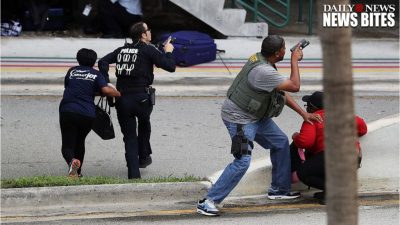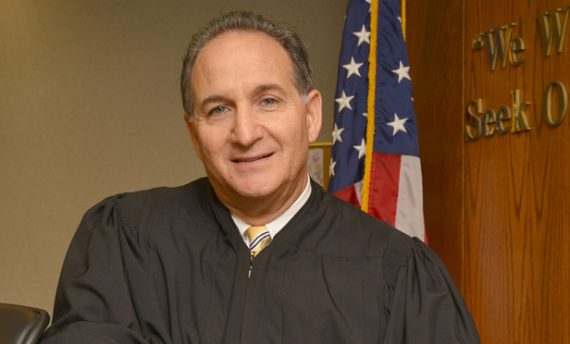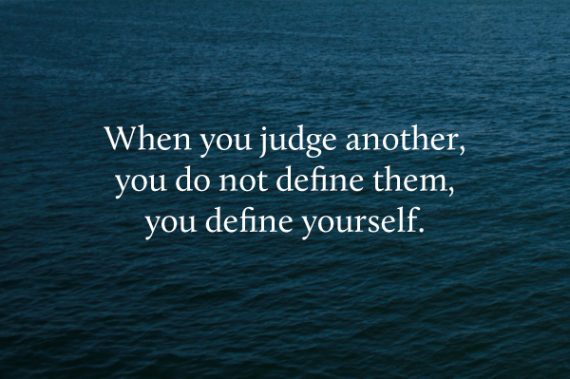
Officers help evacuate airport passengers during mass shooting at Fort Lauderdale airport that killed five. (Photo courtesy of Daily News)
(1-8-17) Not everyone agreed with my grim Monday blog about mass murders and my blaming of the dangerous criteria that often is used in deciding who can buy and possess a firearm or be involuntarily admitted into a hospital. Among those with a different point of view was Dr. Annette Hanson, co-author of the book, COMMITTED, The Battle Over Involuntary Psychiatric Care. Dr. Hanson is an assistant professor of psychiatry at the University of Maryland School of Medicine and Johns Hopkins University School of Medicine. She also is a coauthor of Shrink Rap: Three Psychiatrist Discuss Their Work, and she contributes to a blog by that same name.)
Mass Shootings, Mental Illness, and Public Safety
By Dr. Annette Hanson
Would changing the legal definition of dangerousness for involuntary treatment prevent mass shootings?
In a word, no.
A mass shooting, which is commonly defined as the killing of four victims in a public place, is a relatively rare event.
In 2012, the year with the highest number of mass shootings, there were only seven incidents. Our ability to predict such rare events is tenuous at best. Prediction could be improved if the pool of all potential shooters could be narrowed down a bit, but to date no useful “profile” or typical characteristics of a mass shooter have ever been identified. While some mass shooters have had contact with mental health care prior to their crimes, as many as thirty percent have had no mental health history whatsoever. The strongest consistent characteristic of a mass shooter is male gender, but public gun policy based on gender is obviously impractical.
Even for perpetrators with a history of mental health treatment, changing the legal definition of dangerousness for civil commitment does not help clinicians decide who should or should not be admitted against their will.







